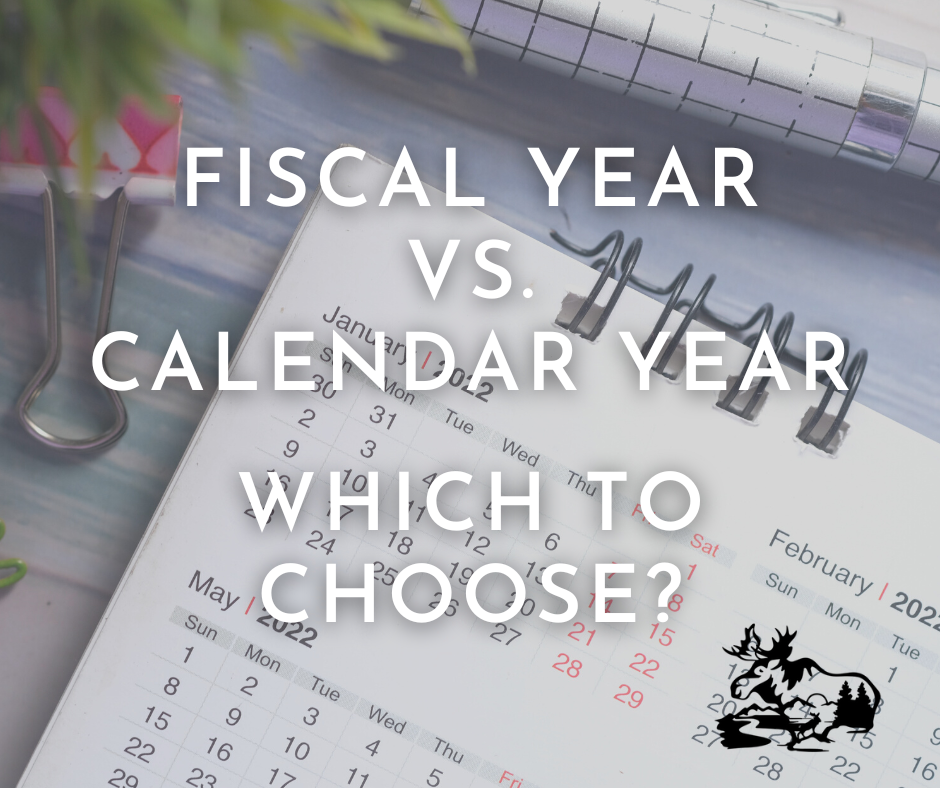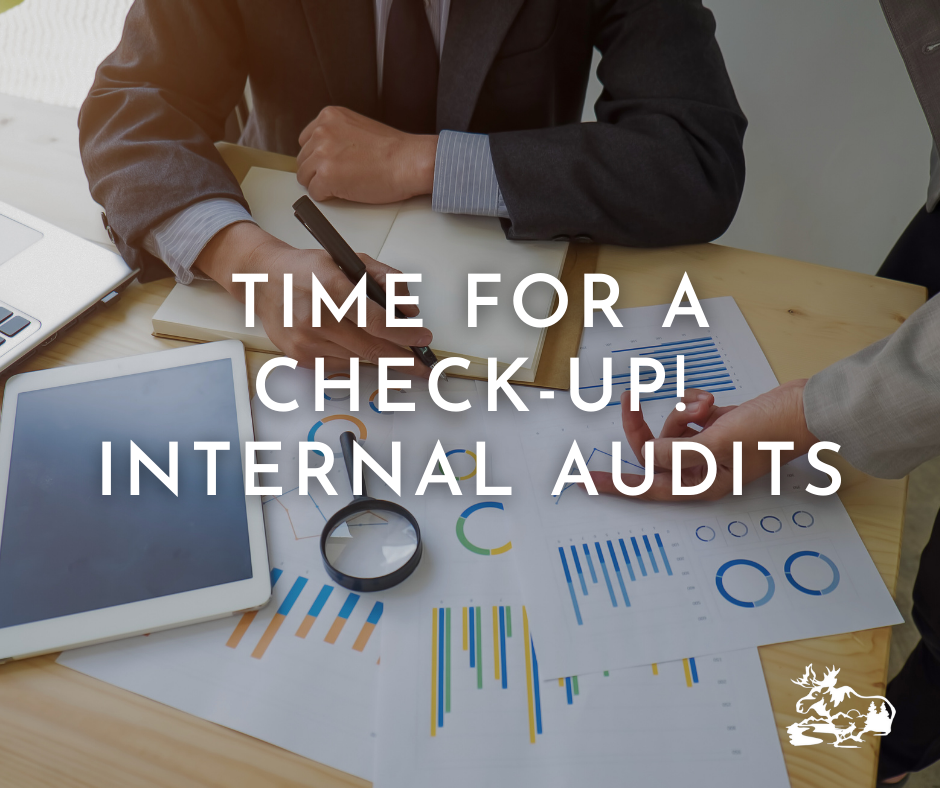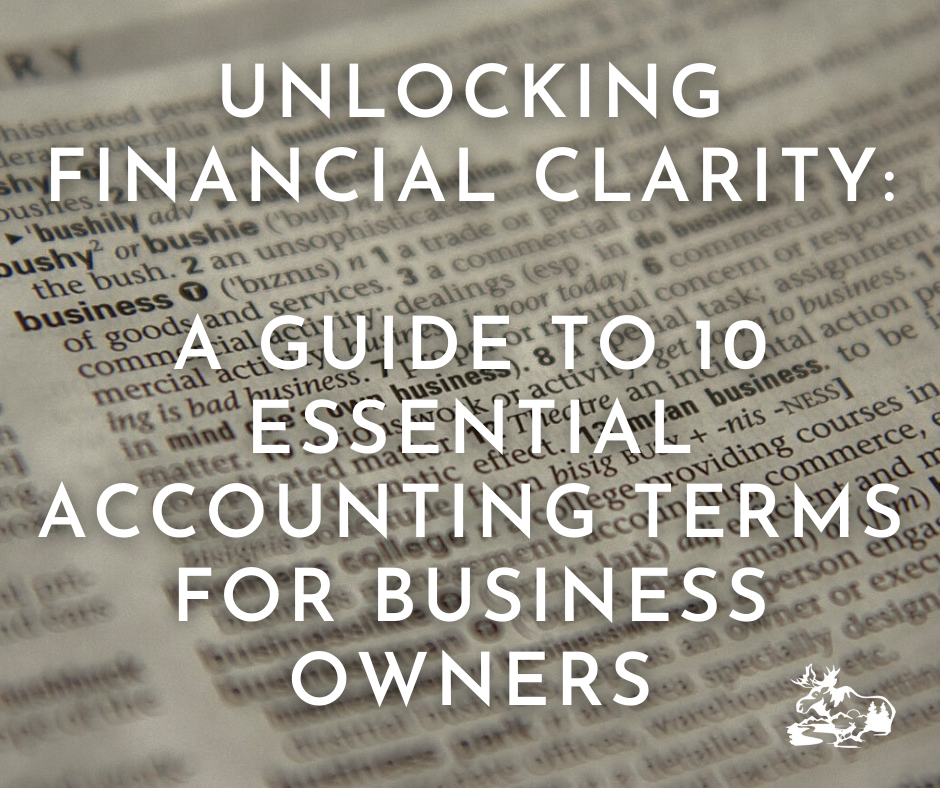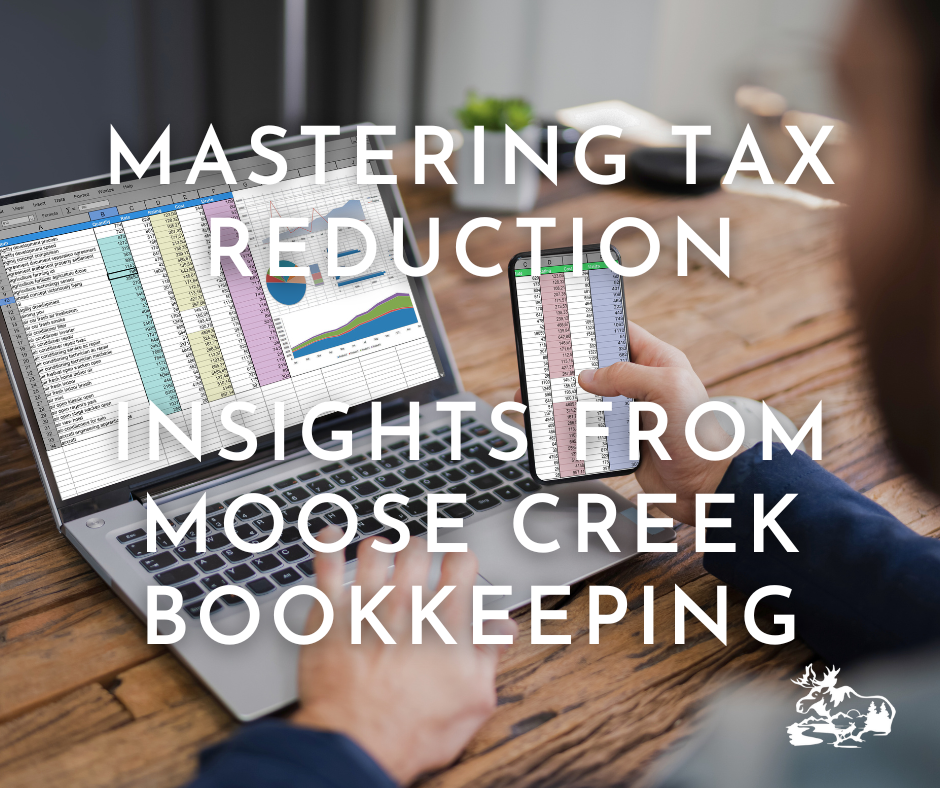Fiscal Year vs. Calendar Year – Which to choose?
The debate of fiscal year vs calendar year is one that has been around for a long time. If you are scratching your head about whether you are using the proper calendar for accounting, congratulations! This is a “good problem to have”, as we say. Your company is growing and perhaps you are realizing that there may be a benefit to transitioning into a fiscal-year accounting system. There are pros and cons to both bookkeeping methods, and the answer of which one is better for your business largely depends on the type of business you have. But first…
What’s the difference between a fiscal year and a calendar year?
A fiscal year (FY) is a 12-month period that a company or government uses for budgeting and reporting financial activity. This period can start on any day of the year, but we often recommend choosing the last day of a quarter. It can also fall on a repeating date such as the last Friday in February.
A calendar year is the period of time between January 1 and December 31. This is the year that most people are familiar with, and it’s the year that the IRS uses for taxes.
Because a fiscal year can fall on dates of your choosing, it’s time to look at your financial activity calendar. Do you have a large spike in income at one point in the year? When does the majority of your income take place? Ideally, you want your fiscal year to end after your peak season, not smack in the middle of it. This is important and clearly evident for seasonal companies large and small such as Christmas tree farms or Target. These two business models both end their peak season in December so it makes sense to end the accounting year on Dec. 31st. Now, let’s look at a snowplow contractor who has a peak season through March in some areas – they will want to end their accounting year well past Dec. 31st and into May or June.
The benefits of using a chosen fiscal year are numerous, the largest being that you don’t have to divide your peak income period into two different tax returns. It also avoids a tax burden by helping you time when your taxes are due, rather than the standard April 15. As there are pros, there are also cons – the main one being the complexity of dealing with two different calendars. Hint: That’s where we come in. 😉
Here are some examples of companies and the fiscal years they use:
- S. Federal Government: Oct. 1 to Sept. 30
- Nonprofit organizations: Many use July 1 to June 30
- Apple Inc.: Last business day of September.
- Microsoft Corporation: End of June.
Other big-name companies that have adhered to the standard calendar year include Facebook, Google, and Amazon.
We encourage businesses to recognize their income patterns early and chose a calendar to stick to. It is possible to change your accounting year with the IRS, but some hefty paperwork is involved. At Moose Creek Bookkeeping, we specialize in helping contractors develop the correct bookkeeping practices for their business needs, this includes high-level assessments such as which accounting calendar is the best, detailed assistance with receipt management, and everything in between. Please reach out to us at any time to discuss your business activity and whether switching to a FY is the right move for your growing business.








